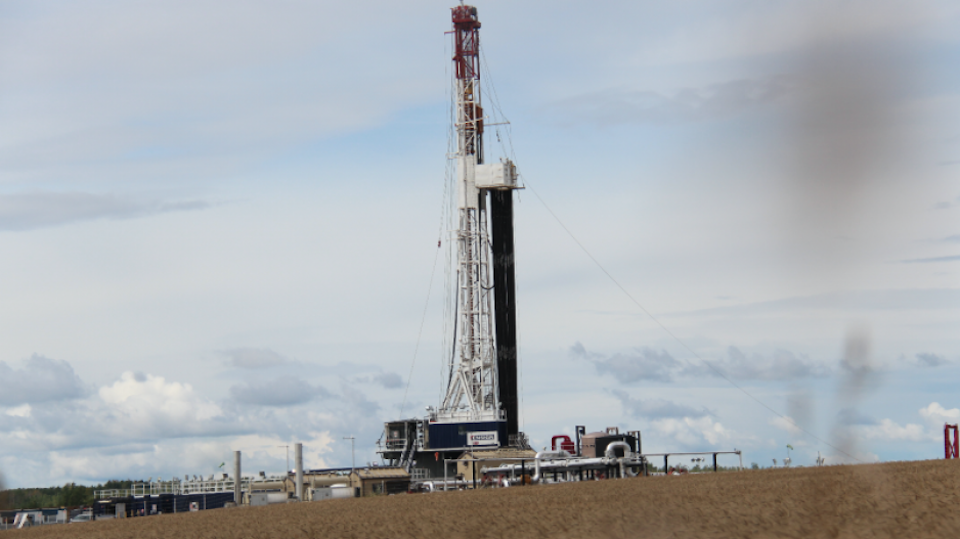Natural gas producers are expected to spend $4.1 billion in B.C. this year, which may be less than might be anticipated, owing to the uncertainty over the B.C. government’s ongoing review of oil and gas royalties and credits, according to the Canadian Association of Petroleum Producers (CAPP).
CAPP released a forecast for spending in Canada’s oil and gas sector Thursday that predicts a 22 per cent increase in spending in Canada this year over 2021.
Canada-wide, it forecasts capital spending in 2022 will be $32.8 billion – a slight uptick over the $27 billion spent in 2021.
Alberta is expected to see the most spending in upstream oil and gas investments at $24.5 billion, followed by B.C. at $4.1 billion. Last year, producers spent about $3.4 billion in B.C.
Spending in Saskatchewan is expected to be $2.7 billion, and $1.6 billion in Newfoundland-Labrador’s offshore sector.
Drilling activity might be higher in B.C., were it not for the uncertainty over the ongoing review of oil and gas royalties and credits, CAPP speculates.
The B.C. government is responding to criticism that it continues to subsidize the fossil fuel industry through a number of tax credits, notably its deep well credits. Those credits, and the oil and gas royalty and tax regime overall, is currently being reviewed and may be overhauled.
“With rapidly growing global demand for natural gas translating into multi-year highs in natural gas prices, producers in British Columbia are showing interest in growing their investment in the province,” CAPP says in a news release.
“However, the ongoing review on royalties paired with the current moratorium on issuing development permits stalled investment in 2021. Investment in the province fell approximately $600 million short of last year’s anticipated $3.9 billion.
“Rig counts in B.C. currently sit at half of the historical average for mid-January indicating producers are potentially holding off some investment until later in 2022.”




